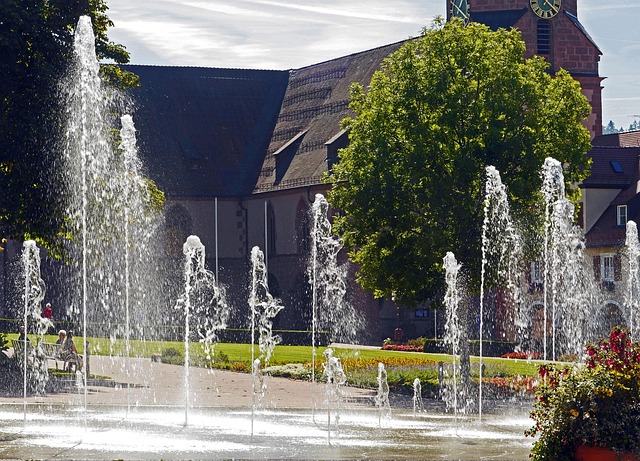Building a Greener Future: Sustainable Architectural Solutions for Habitat
In our fast-paced, ever-evolving world, the urgency for sustainable living has never been greater. As we face the looming effects of climate change, the architectural industry is taking significant strides towards incorporating sustainable architectural solutions into our habitats. But what does it mean to build sustainably, and how can these solutions redefine our living spaces?
Understanding Sustainable Architecture
Sustainable architecture is the practice of designing buildings that minimize their environmental impact while promoting energy efficiency and the well-being of their occupants. It’s more than just using eco-friendly materials; it’s a holistic approach that considers the whole lifecycle of a building, from design and construction through to its occupancy and eventual deconstruction.
Benefits of Sustainable Architectural Solutions
Adopting sustainable architectural solutions not only contributes to a healthier planet but also offers numerous benefits to individuals and communities:
- Energy Efficiency: Buildings designed with sustainability in mind utilize innovative technologies such as solar panels and energy-efficient HVAC systems, significantly reducing energy consumption and utility costs.
- Improved Health: Sustainable architecture emphasizes natural light, fresh air, and the use of non-toxic materials, creating healthier environments that enhance the quality of life for occupants.
- Community Resilience: By prioritizing local resources and sustainable practices, these solutions help in building resilient communities that are better equipped to handle environmental challenges.
Innovative Sustainable Practices
Many architects are now pioneering innovative techniques that push the boundaries of traditional building practices. Here are a few noteworthy trends:
- Green Roofs: Transforming rooftops into green spaces not only improves insulation but also promotes biodiversity.
- Passive Design: Utilizing natural ventilation, daylight, and thermal mass reduces reliance on mechanical heating and cooling systems.
- Reclaimed Materials: Incorporating salvaged wood, stone, and metal not only reduces waste but also adds character and a unique story to each project.
Getting Involved in Sustainable Habitat Development
As individuals, we can also take active steps towards building a greener future. Here are some actionable ways to contribute:
- Advocate for policies that support sustainable development in your community.
- Engage in local sustainability initiatives, such as tree planting or habitat restoration projects.
- Consider making eco-friendly choices in your home, such as energy-efficient appliances and sustainable landscaping.
The Future of Our Habitats
The path to a sustainable future is paved with innovation, creativity, and collective action. Embracing sustainable architectural solutions not only transforms the way we build and live but also fosters a deeper connection with our environment. Together, we can create habitats that are not only beautiful and functional but also sustainable, ensuring a thriving planet for generations to come.




